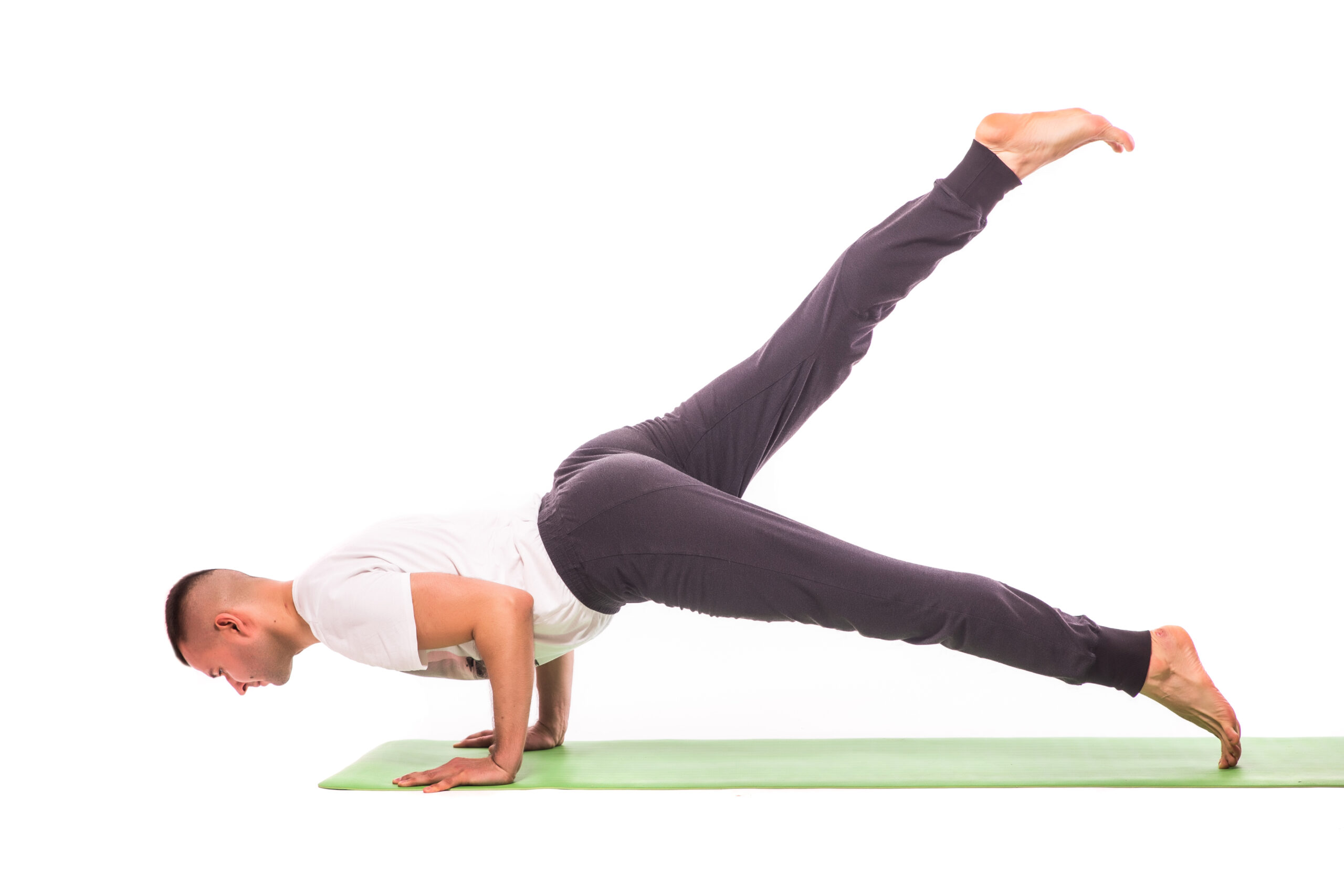Why Is Important Isometric Stretching?

Isometric stretching is a form of static stretching. Why is important isometric stretching? It involves the static contraction of a muscle without any visible movement in the angle of the joint. Isometric stretching involves the resistance of muscle groups through isometric contractions of the stretched muscles. This type of stretching is effective in increasing the range of motion and flexibility. Isometric stretching can be done either actively or passively.
Active isometric stretching involves the person contracting the opposing muscle groups or manually applying the opposing force. While passive isometric stretching involves a partner applying the opposing force to the person’s limbs. In order to maximize the effectiveness of isometric stretching, the muscle group should be held in the stretched position for seven to fifteen seconds. In addition, the opposing muscle group should be contracted for a similar amount of time. It is important to remember that isometric stretching should not cause pain, but instead provide a gentle and gradual stretch.
Isometric stretching is a type of static stretching that involves the resistance of muscle groups through isometric contractions (tensing) of the stretched muscles. This type of stretching is an effective way to increase both active and passive flexibility, as well as joint range of motion. It also helps to increase strength, reduce joint pain and improve posture. Isometric stretching is relatively safe, but it is important to be cautious and not push the body beyond its limits.

Benefits of isometric stretching
Some of the most common benefits of isometric stretching include improved range of motion and flexibility. It reduced the risk of injury, improved posture, improved blood circulation, increased muscle strength and tone, increased coordination, and reduced muscle tension and stress. Additionally, isometric stretching can help to reduce the risk of muscular imbalances. That can cause pain and stiffness. Isometric stretching is also an effective way to reduce muscular fatigue. It can help to restore balance throughout the body.
Isometric stretching is a type of static stretching that involves the resistance of muscle groups through isometric contractions (muscle actions where the length of the muscle does not change). This type of stretching is done by contracting a certain muscle for a certain period of time. Usually 5 to 10 seconds, and then relaxing it. It is important to focus on proper breathing during isometric stretching. As this helps to relax the muscle and maximize the stretch. It is also important to focus on proper form. Keep the body relaxed during the stretching exercise in order to achieve the best results.
Performing isometric stretches
When performing isometric stretches, it is important to start slowly and build up the intensity of the contraction and the duration of the stretch over time. This type of stretching should not be painful. So if pain is felt it is important to stop and readjust the position of the body. It is also important to be aware of the signals sent by the body and if necessary, back off and readjust the intensity and duration of the stretch. Isometric stretching is a great way to improve flexibility and range of motion in the muscles.
Isometric stretching is a type of exercise that involves contracting a muscle for a certain period of time. Usually between 10 and 30 seconds, without any movement. While it can be a great way to increase flexibility and muscle strength, there are some potential risks associated with it. Isometric stretching can cause extreme muscle fatigue. That can leave you feeling weak or even cause muscle strain. Additionally, it can cause a temporary decrease in blood flow to the muscles, which may result in dizziness and lightheadedness. It can also cause tension in the joints and ligaments, causing them to become tight, which can lead to joint pain.
Finally, isometric stretching can increase the risk of injury. Particularly if it is done for too long or with too much force. Therefore, it is important to be mindful of your form when doing isometric stretching and to make sure that you are not overstretching your muscles.
